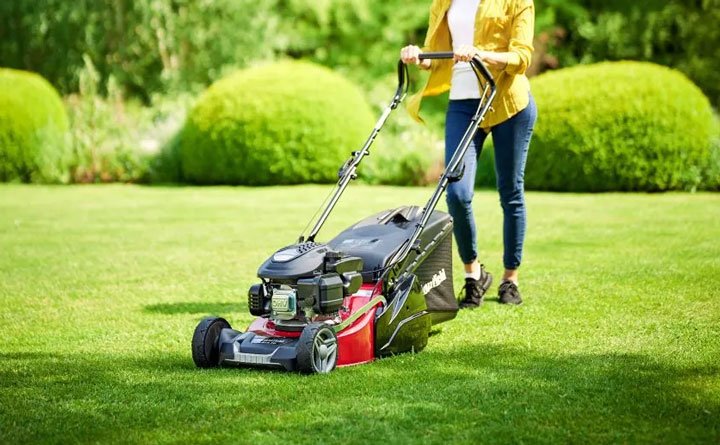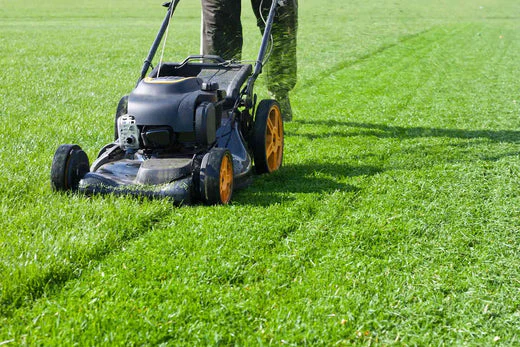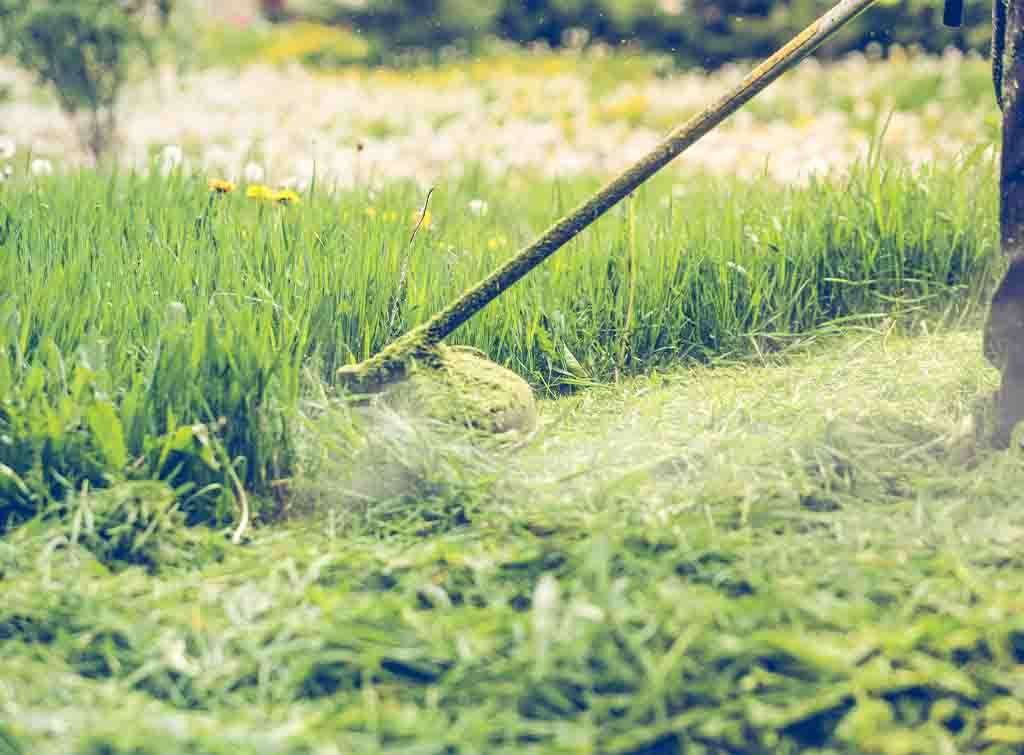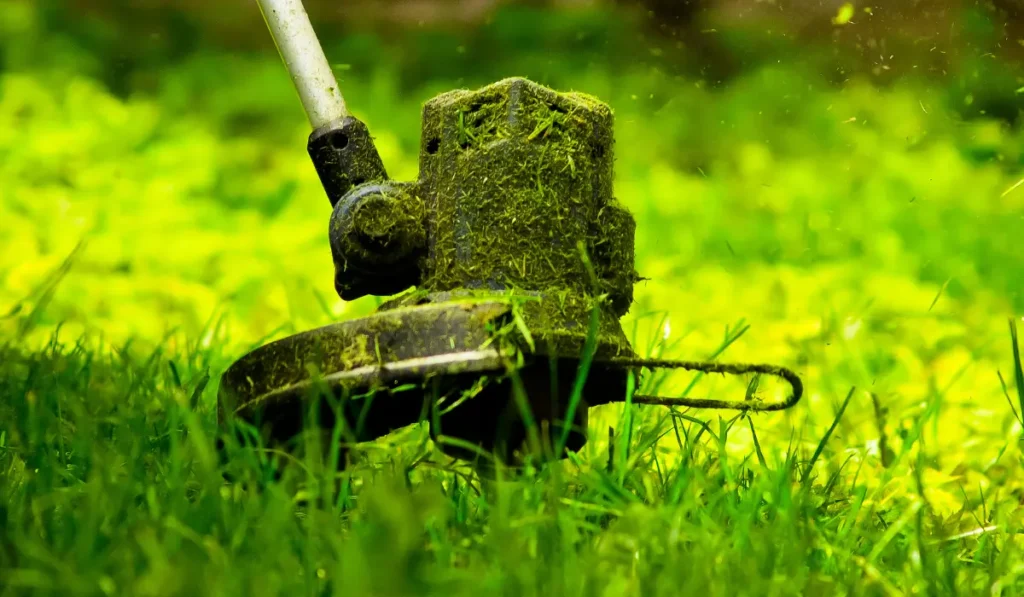Timing is everything when it comes to lawn care. You might have the right mower, the right fertilizer, and the right grass variety, but if you mow at the wrong time—especially around rainfall—you could be undoing all your hard work. Many homeowners ask the same question: should you cut grass before or after it rains?
The short answer is that it depends on your goals, lawn health, and the type of rain you’re dealing with. Cutting at the wrong time can lead to clumping, uneven mowing, soil damage, and even disease. Let’s dive into the details so you can confidently choose the right moment to mow.
Why Timing Around Rain Matters

Rainfall affects grass in more ways than just watering it. Moisture changes the soil structure, impacts the blades of grass, and even influences how your mower performs. Cutting before or after rain makes a big difference in:
- Grass health: Wet grass is more prone to tearing and disease.
- Lawn aesthetics: Mowing at the wrong time can leave ruts, clumps, and uneven edges.
- Soil condition: Wet soil compacts easily, leading to weak root systems.
- Mower performance: Wet grass sticks to blades and clogs equipment.
Cutting Grass Before Rain
Mowing before rainfall has several benefits, especially if you know a storm is coming.
Pros:
- Cleaner Cut: Dry blades of grass cut smoothly, reducing the risk of frayed edges.
- Even Appearance: Dry mowing avoids clumps of wet clippings.
- Prevents Overgrowth: If you anticipate several days of rain, cutting before ensures your lawn won’t grow too tall.
- Healthier Grass: Reduces the chance of disease, since fungi thrive in freshly cut, damp conditions.
Cons:
- Heat Stress Risk: If you mow right before a hot rainless spell, grass may struggle to recover.
- Shorter Blades Absorb Less Water: Cutting too short before rain can make your lawn less efficient at soaking up moisture.
Best Practice:
Mow 24–48 hours before rainfall, leaving blades slightly taller than usual (around 3 inches). This allows grass to benefit from the rain without risking stress.
Cutting Grass After Rain

Sometimes you don’t have a choice but to mow after it rains. The key is waiting for the right conditions.
Pros:
- Moisturized Soil: Grass roots are hydrated and better able to recover from mowing stress.
- Cooler Conditions: Post-rain weather is often cooler, which reduces heat stress during mowing.
- Nutrient Absorption: Rain brings down nitrogen from the atmosphere, which helps grass rebound after cutting.
Cons:
- Wet Blades Tear: Grass blades bend and tear instead of cutting cleanly when wet.
- Clumping Issues: Wet clippings stick together and smother parts of the lawn.
- Soil Compaction: Walking or pushing a mower on damp soil can compact it, leading to poor drainage and weak roots.
- Mower Maintenance: Wet grass sticks to blades, undercarriage, and can dull equipment faster.
Best Practice:
Wait at least 24 hours after rainfall before mowing, or until the grass blades are completely dry. If the soil is still soggy, give it another day.
How to Tell If It’s Safe to Mow After Rain
- Step Test: Walk across the lawn. If your footprints fill with water or mud sticks to your shoes, it’s too wet.
- Hand Test: Grab a handful of grass. If water squeezes out or blades stick together, it’s too wet to mow.
- Mower Test: Push your mower a few feet on the edge of the lawn. If clippings stick to the wheels or underside, wait longer.
Tips for Mowing Around Rain

- Keep Blades Sharp: Sharp mower blades reduce tearing and help cut cleanly, especially when grass is slightly damp.
- Raise Mower Height: Wet or recently watered grass is heavier; keeping blades higher prevents scalping.
- Mow More Often: Rain promotes rapid growth, so mow in smaller increments more frequently instead of letting grass get too tall.
- Side Discharge Instead of Bagging: Bagging wet clippings can clog the mower; side discharge disperses them better.
- Clean Equipment Afterward: Always wash clumps of wet grass from blades and undercarriage to prevent rust.
Seasonal Considerations
- Spring: Frequent rains mean you’ll often face this decision. Opt for cutting before rain whenever possible.
- Summer: Heavy storms can make soil soggy; wait longer before mowing to avoid compaction.
- Fall: Cooler temperatures and lighter rains mean mowing after rain is less risky, but still wait for dryness.
- Winter (mild climates): Avoid mowing altogether on wet or frosty grass; it damages both lawn and equipment.
Common Mistakes to Avoid

- Mowing immediately after rain: This causes compaction and uneven cutting.
- Scalping before rain: Cutting too low reduces your lawn’s resilience against rainfall stress.
- Ignoring mower maintenance: Wet grass builds up quickly and dulls blades if not cleaned off.
- Leaving clumps: Thick clumps of wet grass block sunlight and invite pests or mold.
So, Which Is Better—Before or After Rain?
If you have the choice, cutting grass before rain is almost always better. You’ll get a cleaner cut, healthier turf, and fewer problems with clumping or equipment. However, if you miss the window and need to mow after rainfall, just be patient. Wait until the lawn is dry enough, raise your mower blades, and mow slowly to minimize stress on both grass and machine.
Final Thoughts

The health and appearance of your lawn depend on more than just mowing—it’s about mowing at the right time. Rain is your lawn’s best friend, but it can also complicate your routine if you’re not careful. Cutting before rain generally yields the best results, but if you mow afterward, patience is key.
Think of your lawn as an investment: taking the time to mow under the right conditions keeps grass strong, equipment running smoothly, and your yard looking beautiful.
Next time a storm rolls in, you’ll know exactly what to do—whether that means pulling out the mower beforehand or waiting until the blades have dried in the sun.





